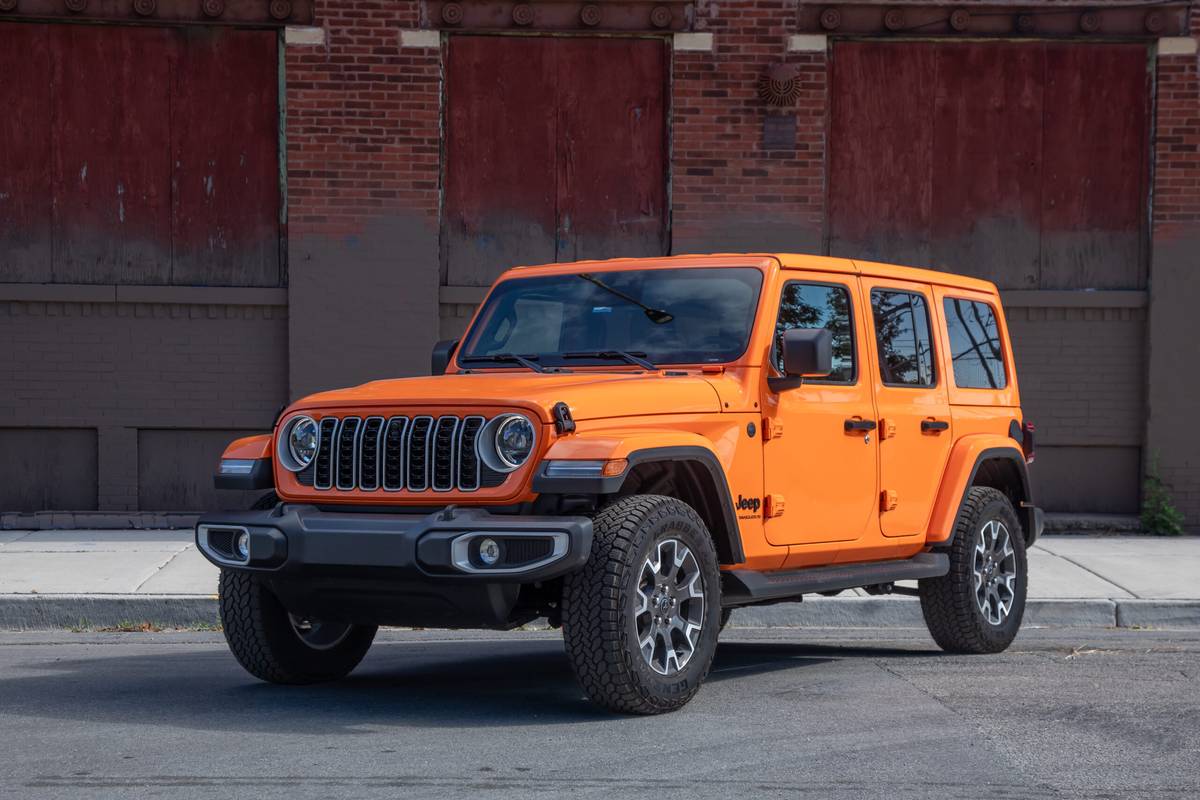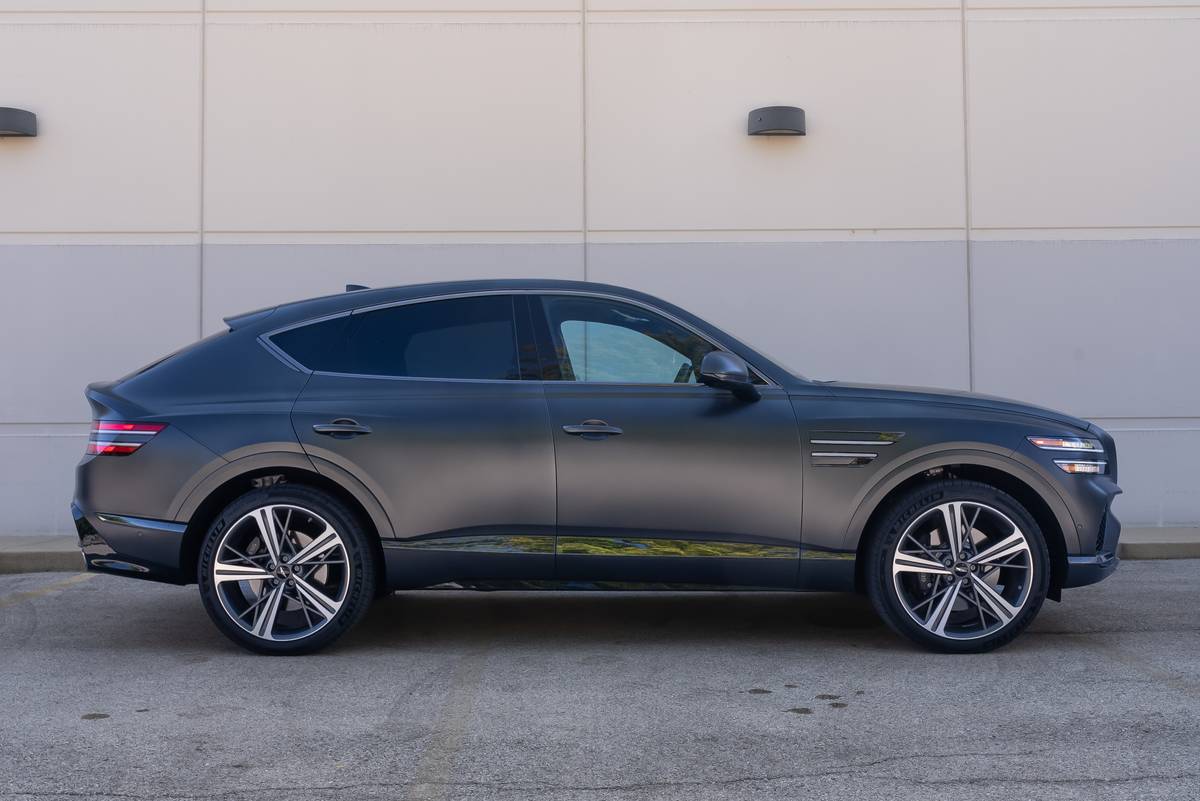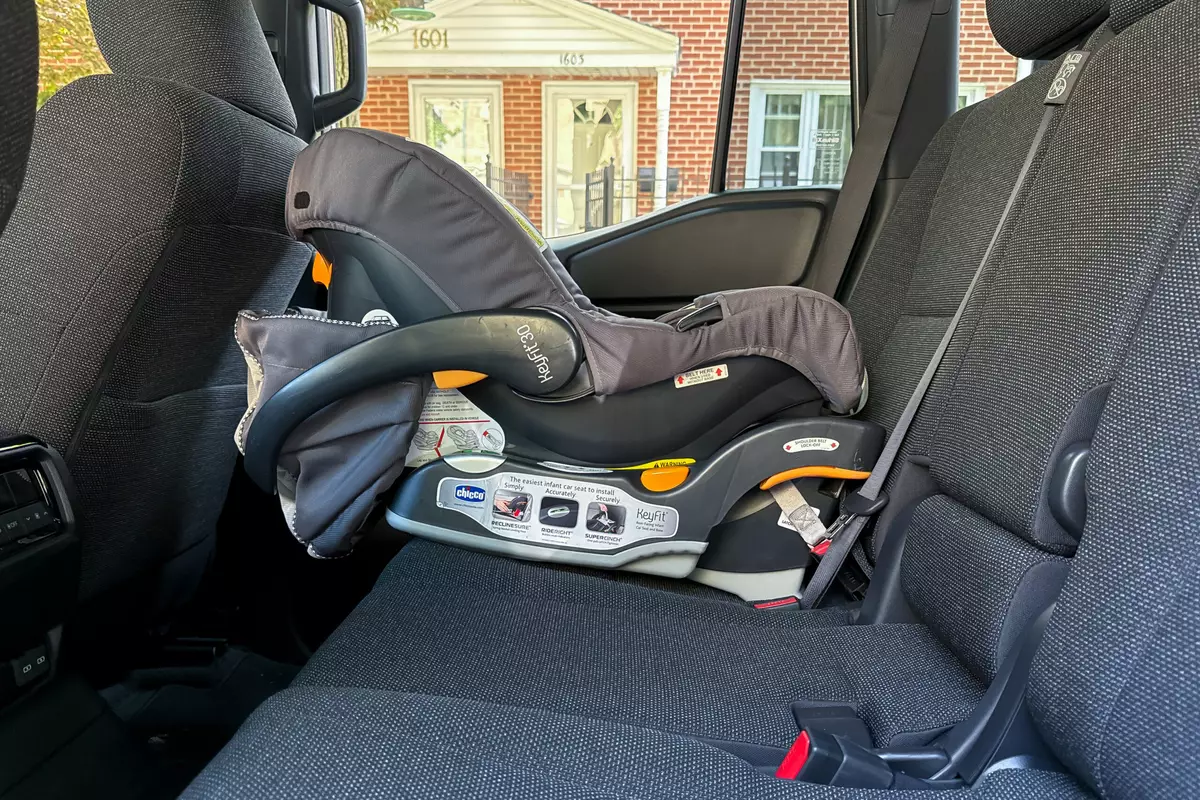Star-Telegram.com's view
Kia’s completely redesigned Optima midsize sedan is arriving in showrooms, bearing the weird designation of 2006.5 as its model year.
Why the South Korean automaker didn’t just go ahead and call it a 2007 model is puzzling, especially considering that the new Toyota Camry has already come to market as an ’07 model, as have several other vehicles, including the Chevrolet Tahoe/GMC Yukon/Cadillac Escalade.
I can just imagine down the road when someone is trying to sell or trade his Optima having to explain that it’s not a 2006 or 2007, it’s a 2006-and-a-half.
How would you look up parts for it?
Model-year puzzle aside, this second generation of the Optima is quite an improvement over the fairly decent model it replaced.
And while I’m not convinced that Kia’s manufacturing quality is quite up to the level of the company’s parent, South Korean automaker Hyundai, the Optima’s overall execution is so good that it comes across as a vehicle worth a lot more than its price.
Inside, even at highway speeds, this is one of the quietest cars on the road — including luxury vehicles that cost two or three times as much.
Kia unveiled the new Optima at the Detroit auto show in January and began producing it a few weeks ago at its Hwasung manufacturing facility in South Korea.
Base prices run from $16,195 to $20,195, compared with $17,895 to $22,895 for Hyundai’s comparable Sonata.
That means some consumers might pass on the also very nice Sonata because they can get the Optima for less.
Hyundai is hoping that doesn’t happen much, though. The company wants financially challenged customers to choose the new Optima over, perhaps, a smaller but similarly priced Honda Civic or Toyota Corolla.
When compared side by side, the Optima offers a lot more for the money than those Honda and Toyota products, and the Optima would seem to be a better value. The catch is that resale values vary significantly: Honda and Toyota vehicles hold their value a lot longer than any Kia product.
Therefore, the Optima might be a better value if you’re planning to hold on to your car for a long time, but not if you’re the type of consumer who likes to trade every two or three years.
Of course, for those who need a midsize car but can’t afford an Accord or Camry, whose average transaction prices are in the mid-$20,000s, the Optima might still be a good choice because the payment will be considerably lower. Just remember that you’ll take a hit when you trade it in.
The new Optima has a more-interesting exterior than that of its rather boring predecessor, but styling still isn’t quite cutting-edge like you get with, say, a Nissan Altima. But cutting-edge styling isn’t Toyota or Honda’s strength, either.
Kia said the new Optima has a longer wheelbase, wider track, increased horsepower, better fuel economy and dramatically improved driving dynamics compared with the model it replaces.
The Optima also offers full-length side-curtain air bags as standard equipment on all models.
With most competing vehicles, these air bags, which are important for occupant protection in side-impact accidents and rollovers, are either optional or not even available.
Other standard safety features include active front headrests and tire-pressure monitoring.
Optima’s longer wheelbase and increased width give it more interior volume (104.2 cubic feet). It’s roomier inside than most midsize sedans, including the 2006 Accord, Camry and Altima.
“The new Optima is the latest example of Kia’s unique ability to deliver stylish, fun-to-drive vehicles that provide a high level of comfort, convenience and safety at a reasonable price,” said Len Hunt, the former Volkswagen of America executive who took over last year as vice president and chief operating officer of Kia Motors America.
“The original Optima sedan was a value leader in the segment, and the significant improvements in performance and handling and generous passenger space are sure to attract new consumers to the Kia brand,” Hunt said.
Kia also points out that the Optima is one of several new Kia vehicles to come to market recently, as the brand has expanded its lineup to nine different models.
Kia said the new Optima’s styling is indicative of the company’s new “brand objectives,” employing “short overhangs and sporty details” such as dual exhaust outlets on the V-6 model.
A new appearance package offers 17-inch wheels and Michelin tires, a blacked-out front grille and headlights, aluminum interior trim and a “Supervision” instrument cluster for a “sportier and more aggressive tone,” Kia said.
An appearance package for the up-level EX model adds black interior trim and leather seats.
The car’s entire platform is new. The 107.1-inch wheelbase is just 0.8 inch longer than before, but the car is 7.1 inches wider. That translates into more hip room, especially for rear passengers.
The trunk is larger, as well — 14.8 cubic feet vs. 13.6 for the previous model. That’s significantly less than the 16.3 cubic feet in the Sonata, but roomier than the 14.0 cubic feet in the Accord sedan. The 2007 Camry’s trunk ranges from 14.5 to 15 cubic feet, depending on the trim level.
Standard on all models are four-wheel antilock disc brakes. Electronic stability control, traction control and brake assist are offered together in an options package.
Two engines are offered.
The base power plant is a new aluminum 2.4-liter four-cylinder, rated at 161 horsepower, up from 149 for the previous model. This engine, shared with the Hyundai Sonata, has more power than the four-cylinder engines in the 2006 Camry, Mazda 6, Ford Fusion and Chevrolet Malibu, Kia said.
A new five-speed automatic transmission with manual-shift feature is standard on most Optima models. The base LX four-cylinder model comes with a five-speed manual. Fuel economy is outstanding with the base engine — EPA ratings are 24 miles per gallon in the city and 34 mpg on the highway with either manual or automatic transmission.
Optional is a 2.7-liter V-6 with 185 horsepower. While it doesn’t have nearly the horsepower of most competing vehicles, including the Sonata with its 225-horsepower/3.3-liter V-6, it does offer better fuel economy than the standard V-6 engines on the Accord and ’06 Camry, Kia said. EPA ratings are 22 mpg city/30 highway.
Optima has a four-wheel independent suspension system for a comfortable ride and responsive handling. Kia said the suspension has been “tuned to deliver an engaging driving experience.” There are MacPherson struts in front, while the rear features a multilink setup with coil springs. Front and rear anti-roll bars are standard on all models.
Four-cylinder and V-6 engines are available in the base LX and up-level EX trim levels.
Standard on all Optimas are air conditioning, power windows and door locks, heated outside mirrors, six-way adjustable driver’s seat, AM/FM/CD audio system with six speakers, and a 60/40 split-folding rear seat.
The LX four-cylinder model with automatic transmission comes with cruise control, keyless entry and alarm, manual tilt/telescopic steering column, audio system controls on the steering wheel, and floor mats. The LX V-6 model comes with the dual exhaust outlets and alloy wheels.
Moving up to the EX brings alloy wheels, fog lights, solar glass, eight-way power adjustable driver’s seat, automatic climate control, auto-dimming rearview mirror, Homelink universal garage/gate opener, leather-wrapped steering wheel, trip computer, metal door scuff plates, chrome-accented outside door handles and an Infinity AM/FM/Cassette/6-disc CD/MP3 premium audio system. The EX V-6 also comes with dual exhaust outlets.
The 360-watt Infinity premium audio system, standard in the EX, features nine speakers in seven locations throughout the car, including a subwoofer in the rear, Kia said.
There is a five-year/60,000-mile bumper-to-bumper warranty, 10-year/100,000-mile limited power train warranty and five years or 60,000 miles of free roadside assistance.
G. Chambers Williams III is staff automotive columnist for the San Antonio Express-News and former transportation writer for the Star-Telegram. His automotive columns have appeared regularly in the Star-Telegram since 1995. Contact him at 210-250-3236; chambers@star-telegram.com.
Latest news

10 Biggest News Stories of the Week: Jeep Wrangler Rides on Audi E-Tron GT, Chrysler Pacifica Hybrid


